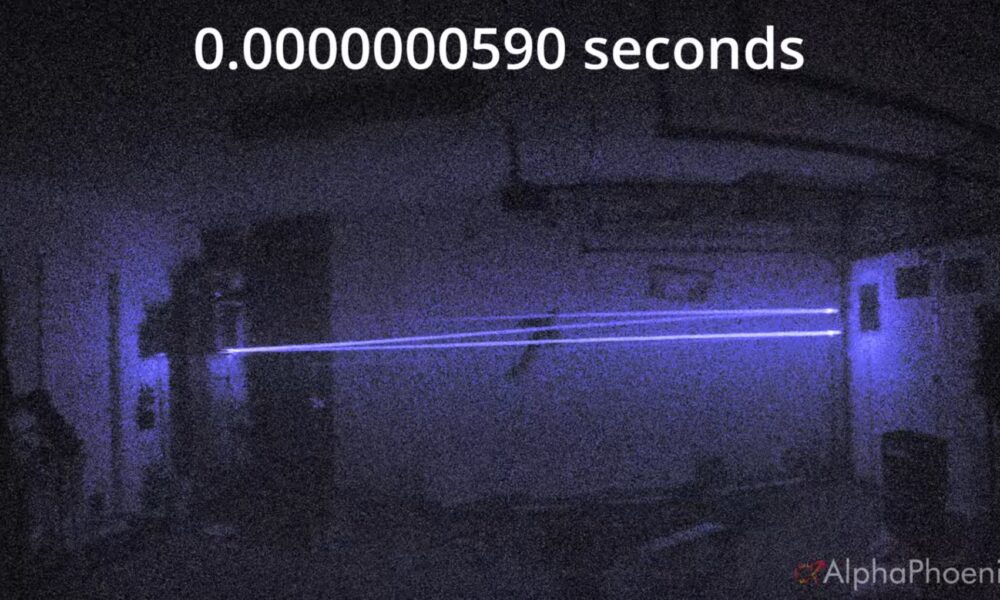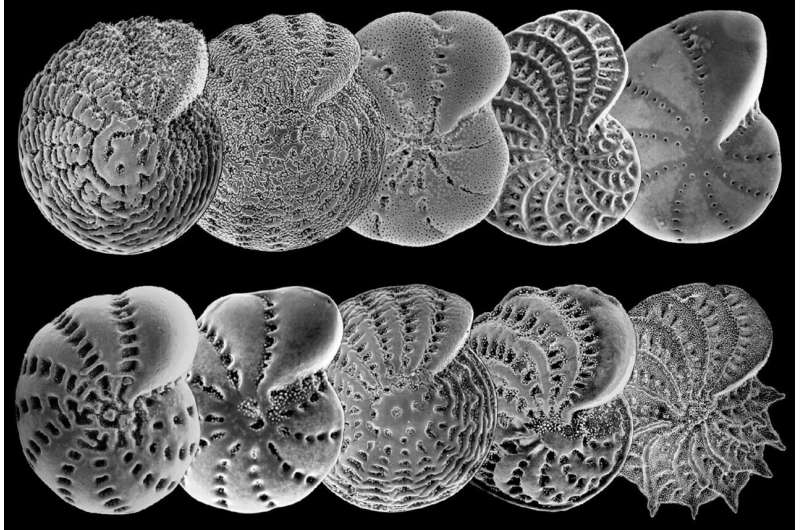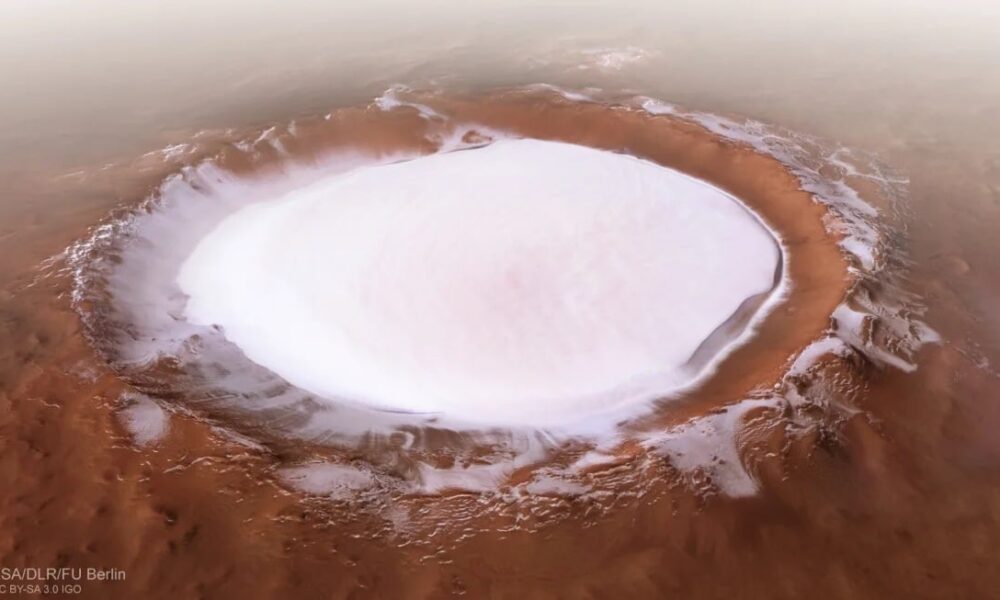Interstellar comet 3I/ATLAS reached its closest point to the Sun, known as perihelion, on November 1, 2023. Although the comet has not been visible from Earth since September, space-based observatories have tracked its approach, revealing a notable increase in brightness. As the comet neared the Sun, the intense heat caused its icy surface to rapidly transition from solid to gas, creating a bright, glowing cloud around its nucleus, known as a coma, which resulted in a visible tail.
Astronomers are particularly interested in studying 3I/ATLAS at perihelion, as the gases and dust released from its nucleus can provide insights into its composition. Observations from NASA’s and the European Space Agency’s STEREO-A and SOHO space observatories, along with NASA’s GOES-19 satellite, could unveil new details about this interstellar object, which is only the third of its kind ever documented. The findings were detailed in a study led by scientists Qicheng Zhang from Lowell Observatory and Karl Battams from the U.S. Naval Research Laboratory, posted on the preprint server arXiv.
Brightening Phenomenon and Unique Characteristics
At perihelion, 3I/ATLAS brightened to an estimated magnitude of 9, making it detectable with a standard backyard telescope if it were visible from Earth. The researchers noted that the comet appeared “distinctly bluer than the Sun,” a coloration consistent with the gas emissions contributing to its brightness. This rapid brightening contrasts sharply with comets originating from the Oort Cloud, a theoretical region at the outer reaches of our solar system believed to contain numerous comet-like objects.
In their paper, Zhang and Battams speculate on the reasons for the comet’s unusual brightness. They propose that “oddities” in its nucleus properties, such as its composition, shape, or structure, may account for this phenomenon. These characteristics could have been acquired from its original star system or during its lengthy interstellar journey to our solar system.
Expectations for Future Observations
As 3I/ATLAS moves away from the inner solar system, astronomers anticipate that it may briefly return to visibility from Earth in late November or early December 2023. The comet is expected to make its closest approach to our planet around December 19, 2023. Following this date, 3I/ATLAS will gradually diminish in visibility as it continues its journey out of the solar system.
Future missions, including NASA’s Psyche mission and the Lucy mission to Jupiter’s Trojan asteroids, may provide additional opportunities to observe the comet, potentially offering further insights into its origins and composition. Preliminary findings indicate that 3I/ATLAS is highly unusual, with one of the highest carbon dioxide to water ratios ever recorded in a comet.
As researchers analyze data from the perihelion event, it is likely that 3I/ATLAS will continue to yield surprising discoveries, enhancing our understanding of interstellar comets and the broader cosmic environment.







